If the thought of a decking installation has ever crossed your mind, you’re in luck! Timber decking is a beautiful choice for so many reasons. Not only does it work as a luxury feature of your property, but also a practical one too if you have an uneven garden or need a level surface for a social event. So, what is so special about timber decking? Our buyer’s guide will explain the benefits of timber decking and available options.
Table of contents
- What is timber decking?
- What is the best timber for outdoor decking?
- How much is timber decking?
- Timber decking sizes
- What are the different timber decking types?
What is timber decking?
Simply put, timber decking is a wooden form of decking. It’s considered the traditional form of decking, used for decades by many home and commercial property owners until alternatives like composite decking hit the market in the mid to late 1990s. You can find out more about composite decking through our buyer’s guide.
Despite the alternative, timber decking still works today. Its attractive appearance is admired by many and comes with many benefits next to its style. Including, but not limited to:
- A classic appearance with a timeless, natural design.
- Often pressure treated to ensure long lifespans.
- Usually has a reversible design to enable easy and versatile installation.
- Can be painted to match your outdoor area design.
With timber decking, frequent maintenance is possible. However, this can be minimised by adding treatment or sealing to the decking to improve protection against the elements or pests.
How long does timber decking last?
Decking timber will typically last an average of 15 years. However, it can last longer if you continue to perform efficient maintenance over the years of its use. Additionally, the type of wood used affects its lifespan. For example, hardwood will last longer than softwood because it is more durable. So, ensure you explore your options before moving forward with your installation.
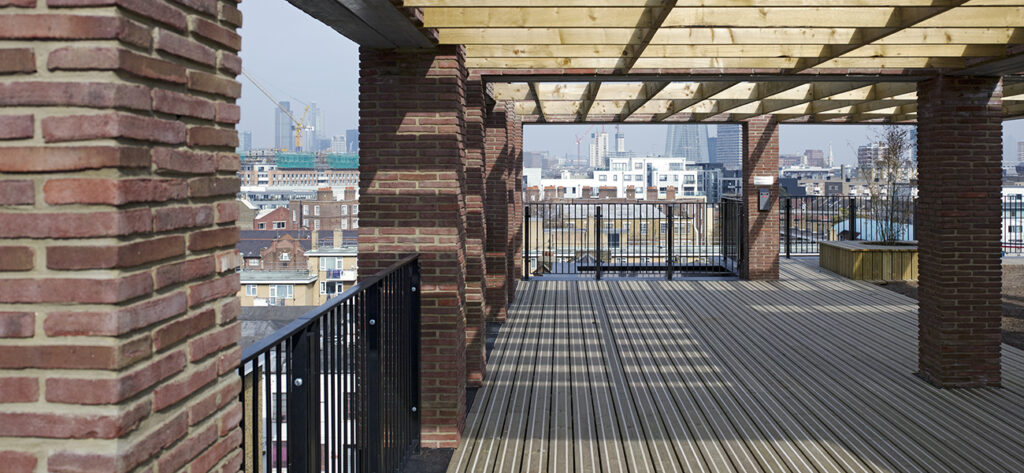
What is the best timber for outdoor decking?
Hardwood and softwood are top choice timber for decking. Both have their own pros and cons when it comes to their use as a decking material. These can be summed up as follows:
Hardwood decking
| Pros | Cons |
| •Ash or oak wood for improved durability. •Highest quality wood for long-lasting decking. •Variety of customisation. •Natural design offers a beautiful authentic pattern. •The sturdy structure is rot-resistant, warp-resistant and flame resistant. | •Complex structure because the materials are short-term use. •Less cost-effective due to difficulty and complications with processing (slow-growing trees making for difficult obtainment of materials). •Difficult to install because of the solid material. |
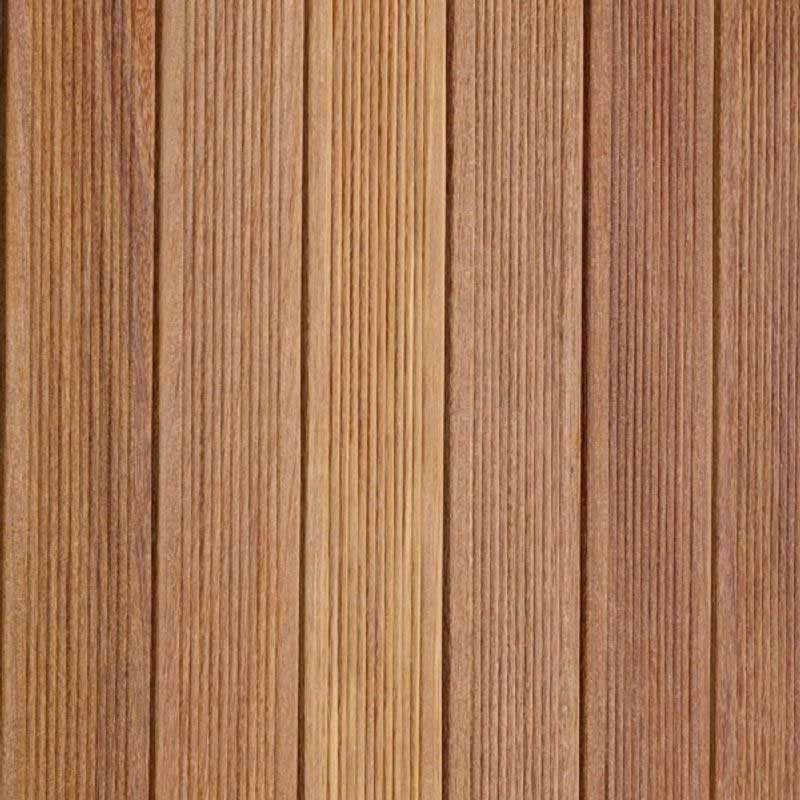
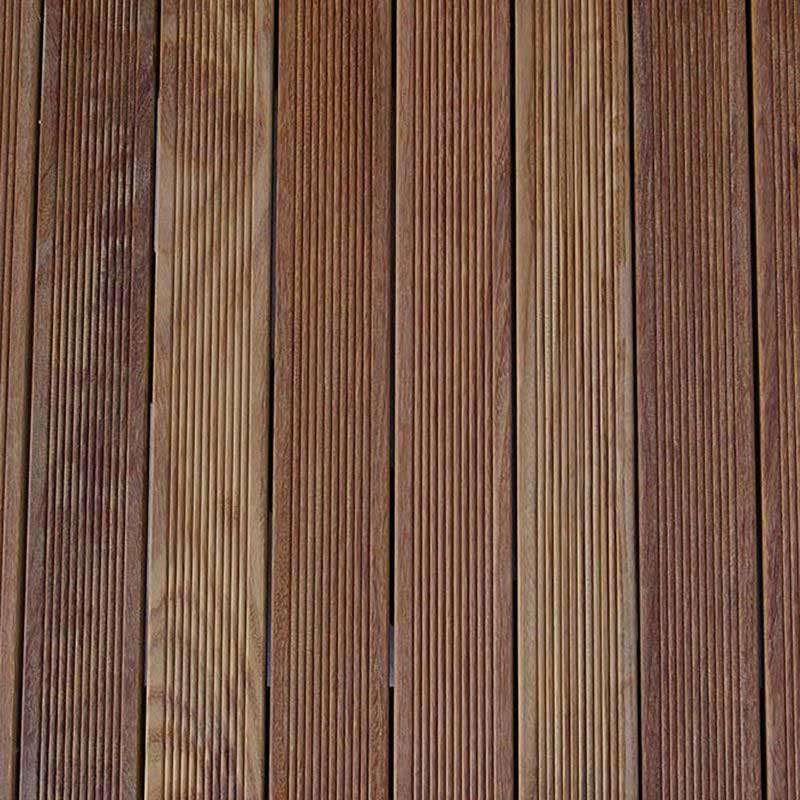
Softwood decking
| Pros | Cons |
| •Spruce and pine are fast-growing trees meaning materials are easy to obtain. •Simple to work with. •Cost-effective. •Easy to clean. | •Requires treatment more often to prevent fungus and insects (including oiling or re-staining). •Shorter lifespan. •Not as durable as hardwood (can fade, crack, splinter or warp). |
Conclusion? Hardwood and softwood are admirable, but hardwood decking is preferable because it does not need continuous treatment. Instead, the hardwood timber boards can be installed, resisting harsh weather and wear for many years. Despite the durability, ensure you opt for wood suitable for your requirements.

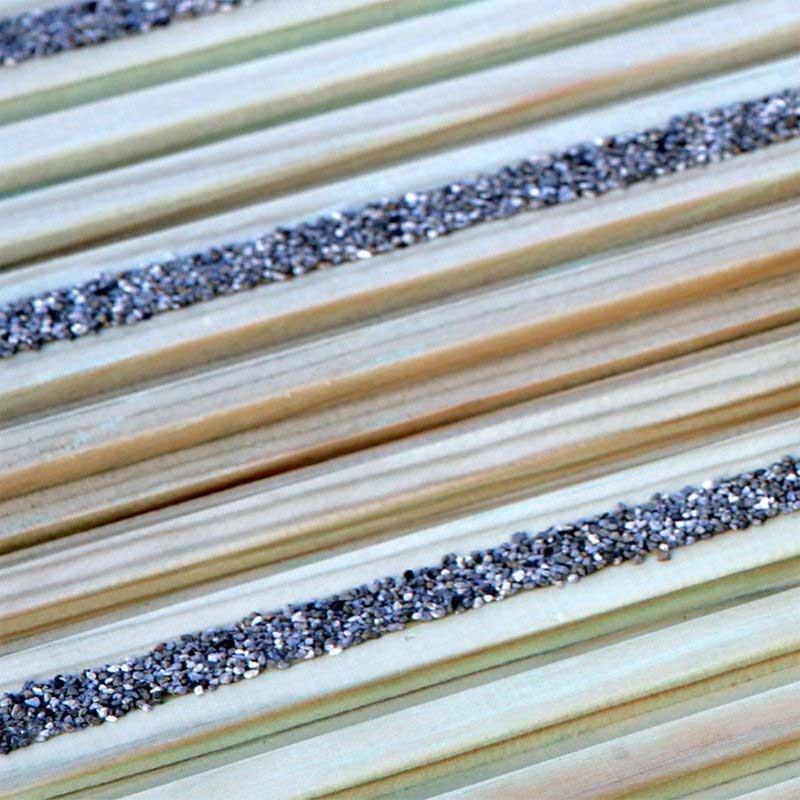
How much is timber decking?
For cost-effective solutions, look to softwood. If you have the budget for something higher cost, hardwood is your best bet. Either way, decking timber prices can vary because of the decking style. So, hardwood decking may cost less when in tile form and vice versa.
Here are some costs that you can find when browsing timber decking prices.
| Decking | Wood type | Cost (from ex VAT) |
| Marley CitiDeck Anti Slip Smooth Decking | Softwood | £30.83 |
| Marley Antislip Plus Smooth Decking | Softwood | £30.83 |
| Marley Antislip Plus Grooved Decking | Softwood | £30.83 |
| Wallbarn Ipe Hardwood Timber Decking Tile | Hardwood | £26.25 |
| Wallbarn Cumaru Hardwood Timber Decking Tile | Hardwood | £23.75 |
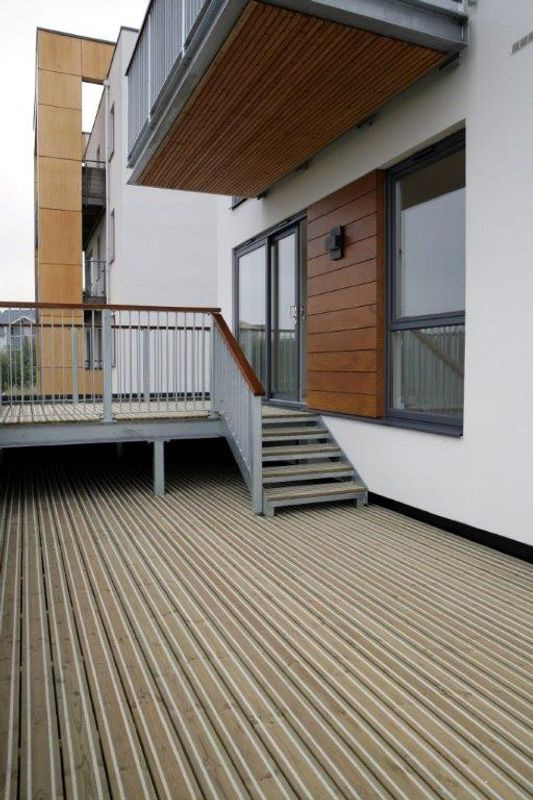
Timber decking sizes
The size of timber is not only referring to the length and width of the decking but also the thickness. Thicknesses can vary when it comes to decking timber sizes. So, finding the right ones for your outdoor space is vital.
Here are some of the different size decking materials we have for you.
| Decking | length(mm) | Width(mm) | Thickness(mm) |
| Marley CitiDeck Anti Slip Smooth Decking | 3600 | 145 | 28 |
| Marley Antislip Plus Smooth Decking | 3600 | 145 | 28 |
| Marley Antislip Plus Grooved Decking | 3600 | 145 | 28 |
| Wallbarn Ipe Hardwood Timber Decking Tile | 500 | 500 | 30 |
| Wallbarn Cumaru Hardwood Timber Decking Tile | 500 | 500 | 30 |
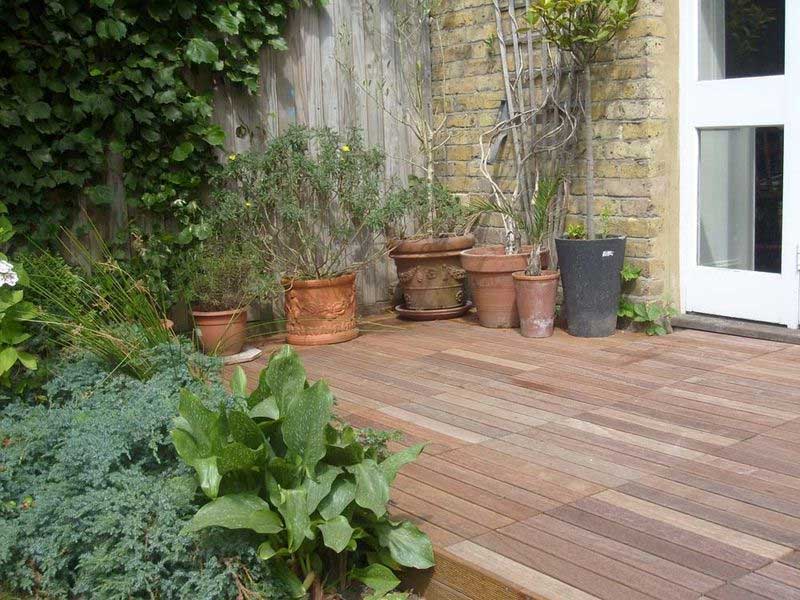
What are the different timber decking types?
Believe it or not, timber decking boards aren’t your only choice when installing decking. You can also find timber decking tiles as a unique alternative to the lengthy board design.
Decking boards
These are a classic. Their look is timeless, complete with the traditional feeling and offering that extension needed to ensure ample outdoor space in the decking area.
With their size comes a range of uses in different projects. This includes grander or more involved projects like raised decking or creating bigger decking spaces since they cover more area with their size.
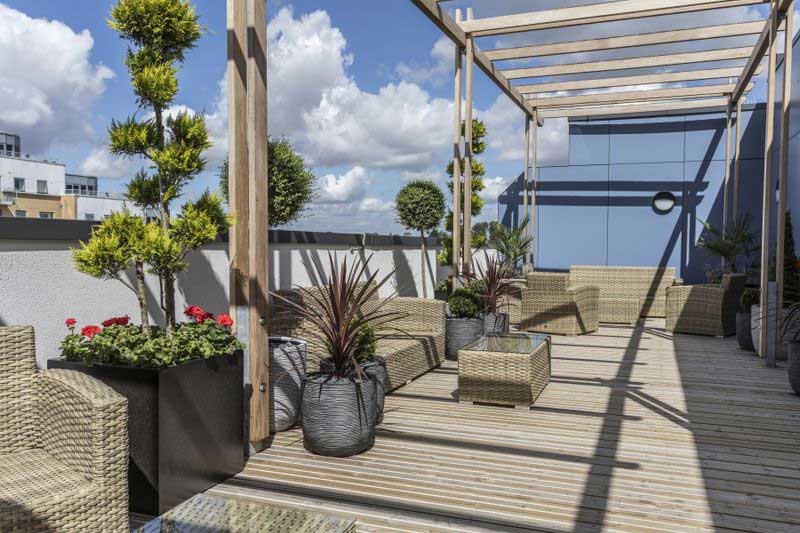
Decking tiles
A modern alternative, decking tiles are easier to work with thanks to their size. This means they work well in smaller project spaces. Areas like balconies or paths, for example. Having said that, they can also be placed beneath plant pots in the garden or conservatory space to provide a level surface.
Additionally, thanks to their size, they can be used as a temporary surface in events. This could be as vast as a festival, as little as a garden party or even as a camping surface. This creates perfectly levelled flooring to ensure furnishings, like chairs or picnic tables, can sit in place.
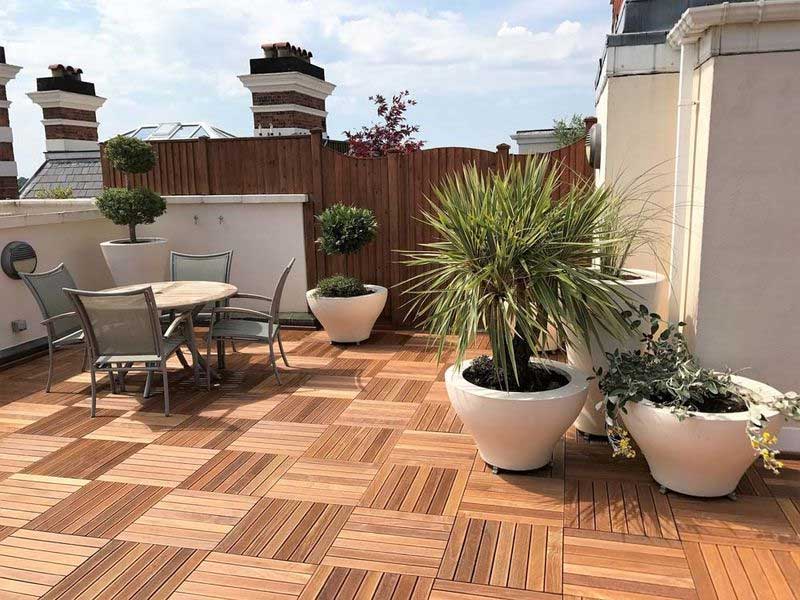
Is your garden sloped? Find out why using decking to level out a sloping garden is ideal for this sort of issue.
To summarise, here are the pros and cons of each type of decking:
| Type of decking | Pros | Cons |
| Decking boards | •Traditional style decking. •Ideal for larger decking projects. •Long lifespan. •Can add value to a property. •Consistent design. | •Needs treatment before installation. •If untreated, at risk of rot and damp. •Less cost-effective. |
| Decking tiles | Easy to install. Easy to clean. Ideal for smaller decking projects (can be used as a temporary surface). •Can be easy to remove/replace. •Some tiles come with snap fit technology. •Can be installed over existing surfaces. •Typically available with anti-slip feature. | •Limited lifespan. •Regular maintenance needed. •Minimal consistency for design. |
Is timber decking not for you? Not to worry as we also supply composite decking if you want something different to the traditional material that still carries an authentic look.





